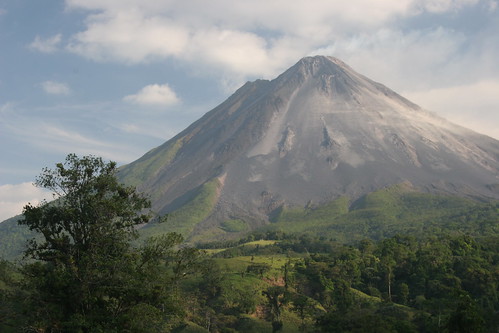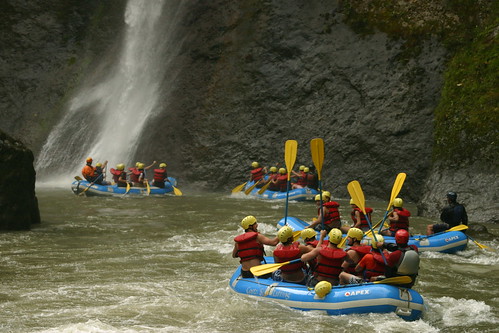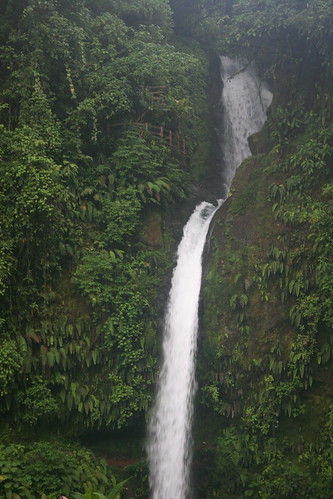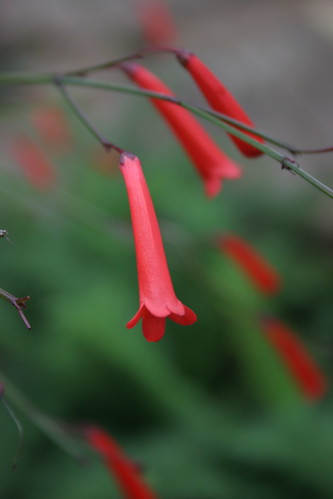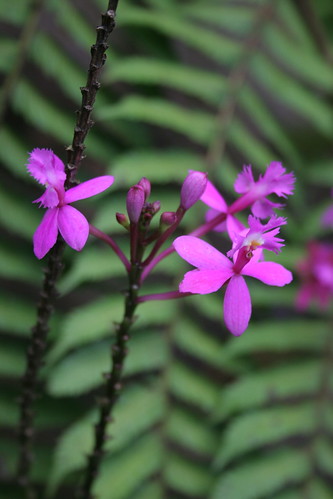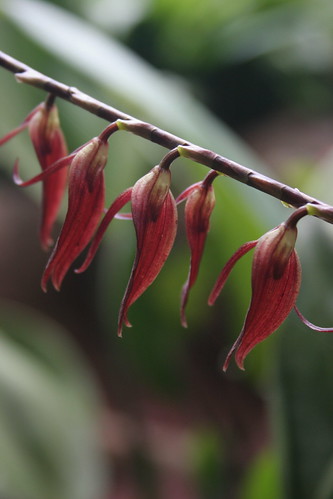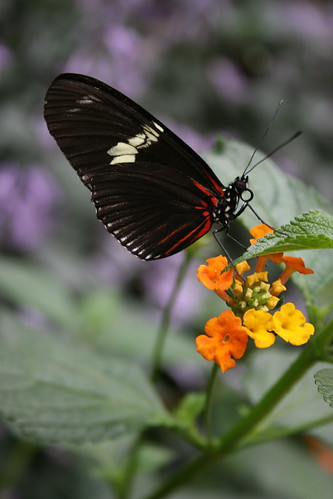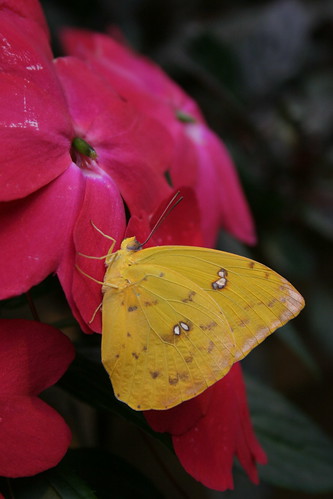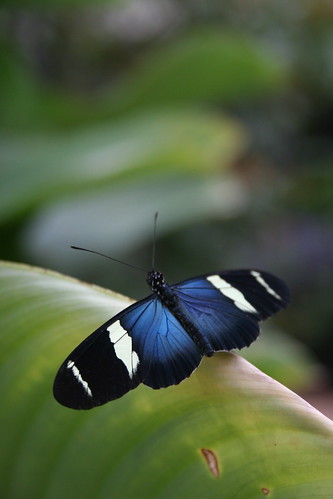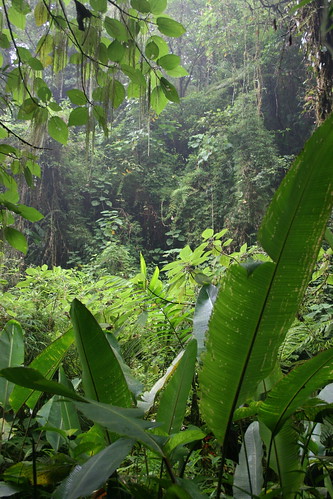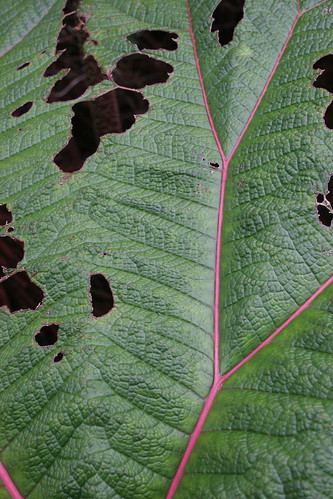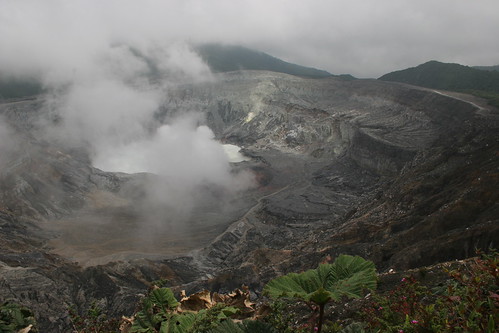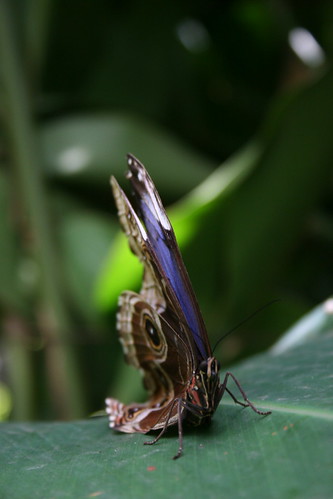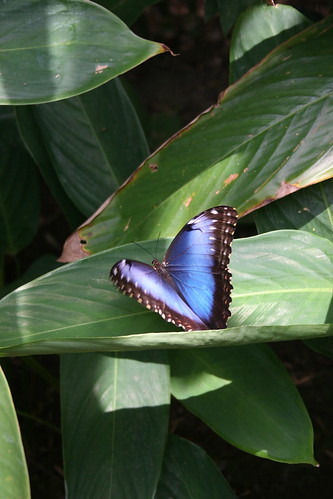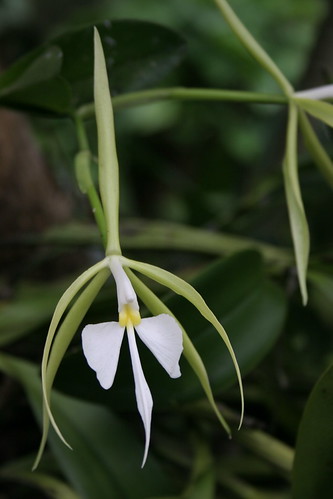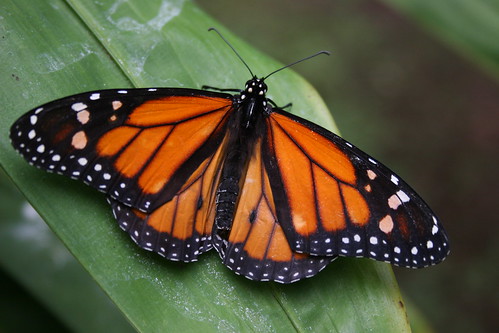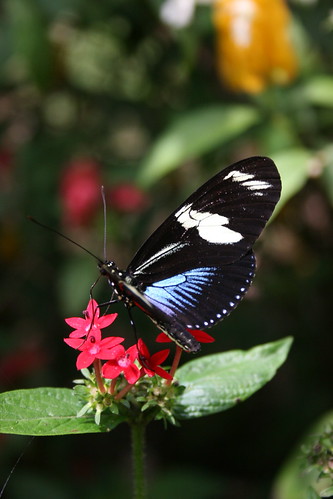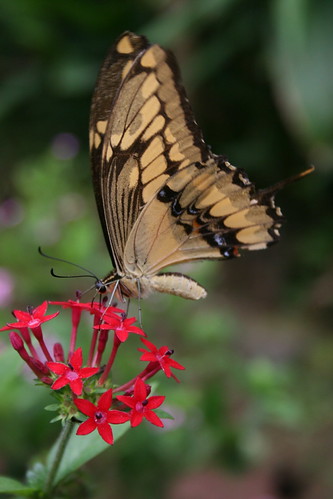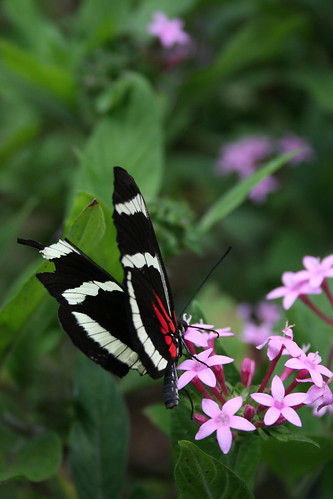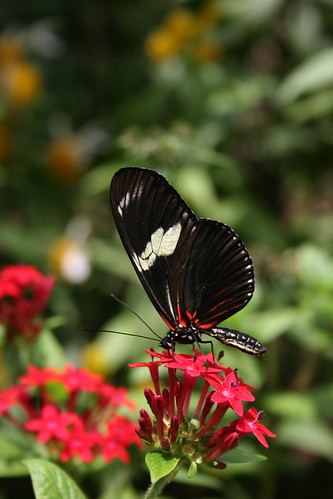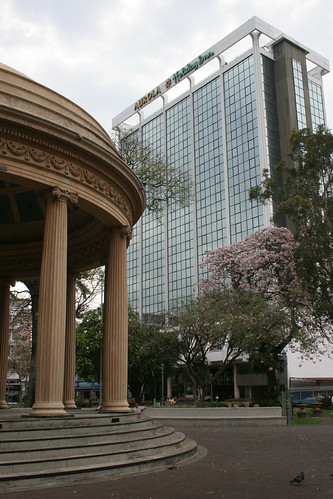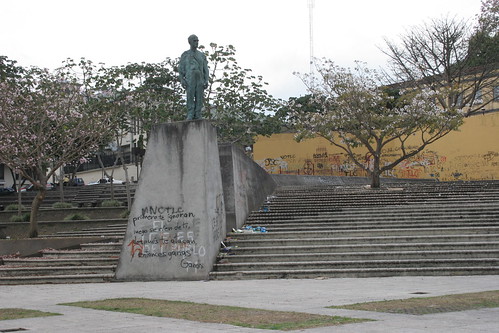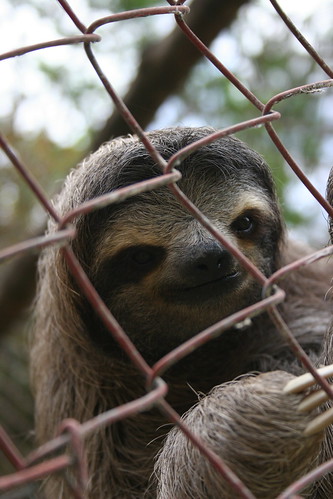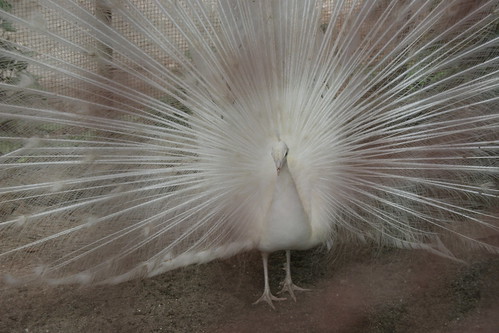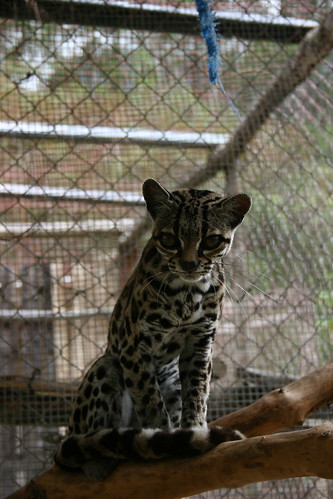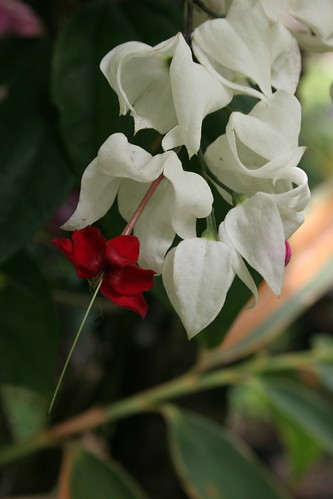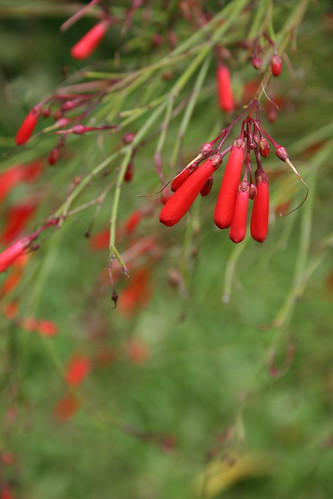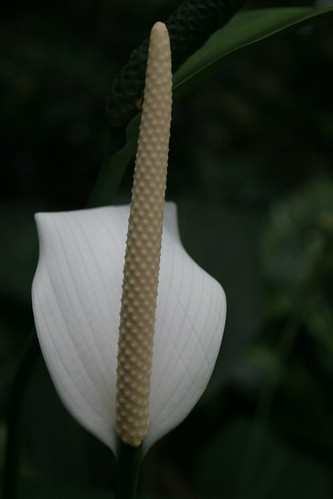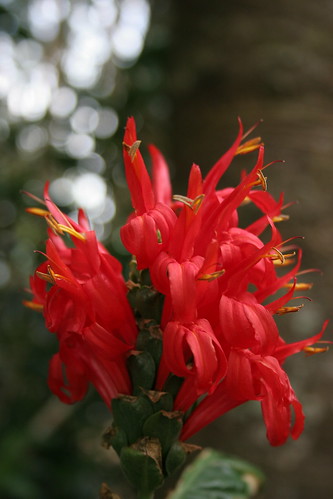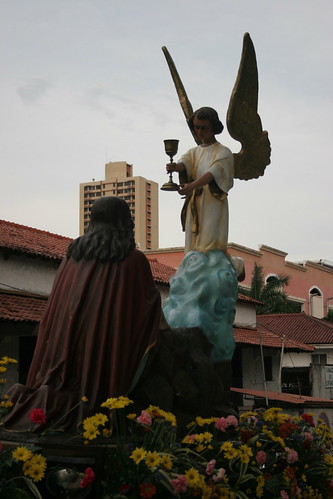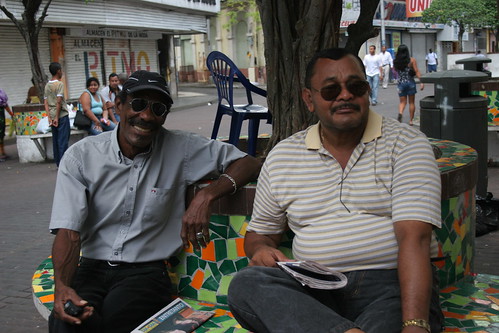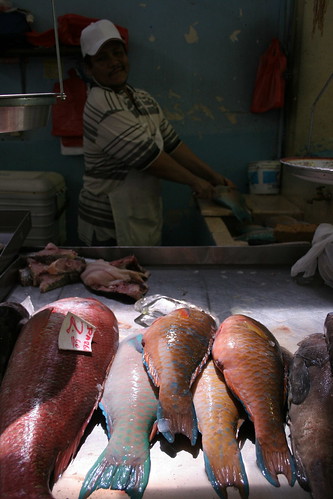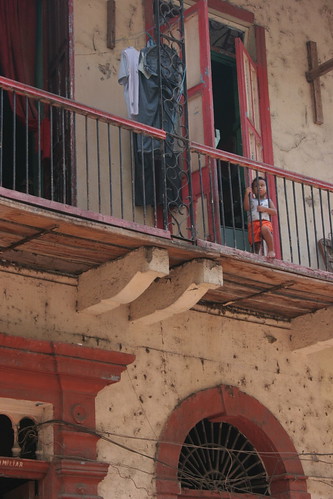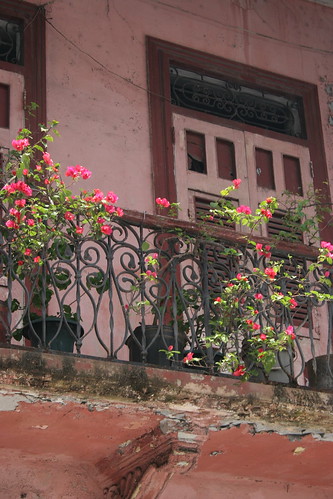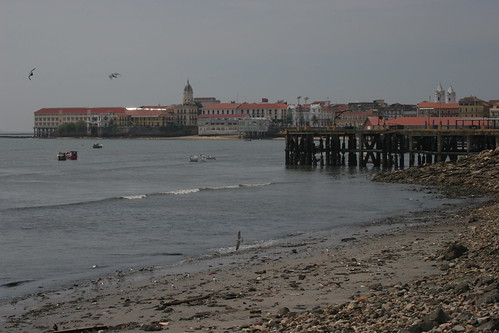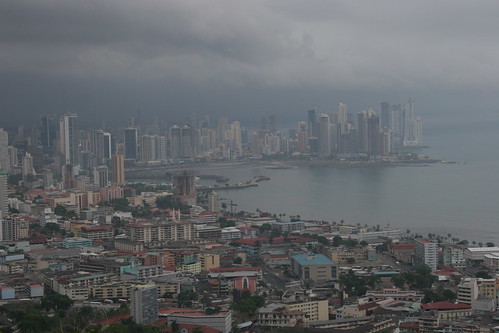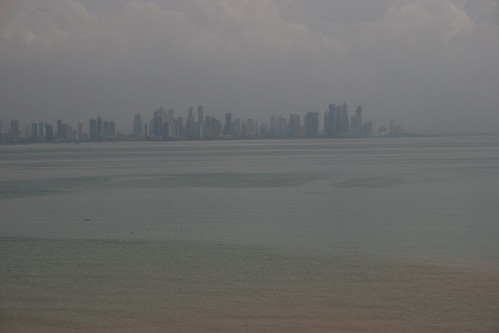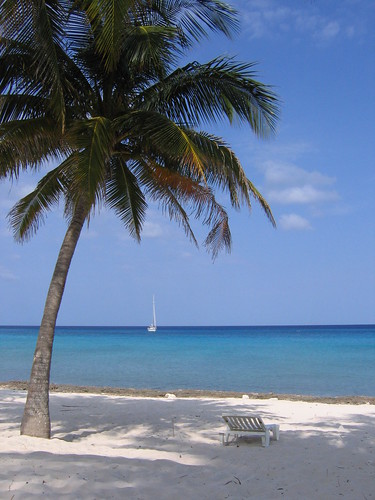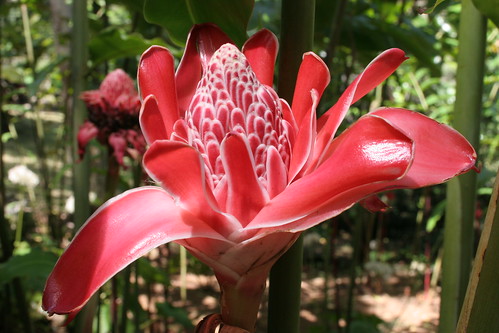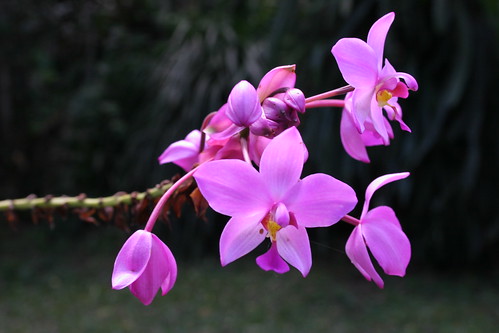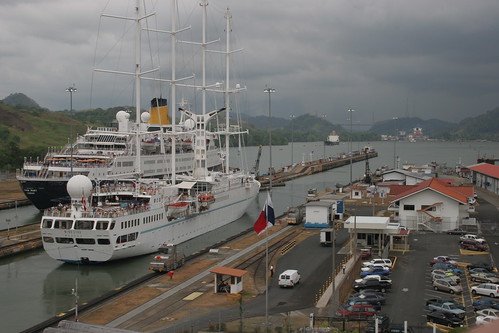
The Panama Canal is a marvel. I was expecting either to be bored or completely overwhelmed by all technical information. On the contrary I found it impressive and fascinating.
The Miraflores Locks, one of three sets of locks on the canal, are located 12km outside Panama City. Here there's a platform where you can watch the vessels pass through, as well as a museum covering the history of the canal, and a film which explains how the locks work (I needed this bit).
The transit from the Pacific to the Atlantic side works like this:
Pilot boards vessel on Pacific side - Miraflores Locks - Miraflores Lake - Pedro Miguel Locks - Culebra/Gaillard Cut (13.7km) - Gatun Lake - Gatun Locks - Atlantic Ocean
Some interesting facts:-
- The canal stretches 80km from the Pacific to the Atlantic side
- 14000 vessels pass through a year, on average 38 vessels every 24 hours
- It takes 8-10 hours on average to cross from the Pacific to the Atlantic side
- Vessels are assisted through the canal by tugboats and locomotives
- 52 million gallons of freshwater (rain water accumulated in Lake Gatun) is released into the ocean with the passage of each ship
- Vessels pay according to their weight. Smaller ships pay a minimum of USD 500. The most ever paid was USD 249,000
- 69% of traffic originates or ends in the US
- It's the only canal in the world where the Captain or shipmaster has to pass control of his vessel to a specially-trained pilot
- There are expansion plans underway to allow larger vessels to pass through
